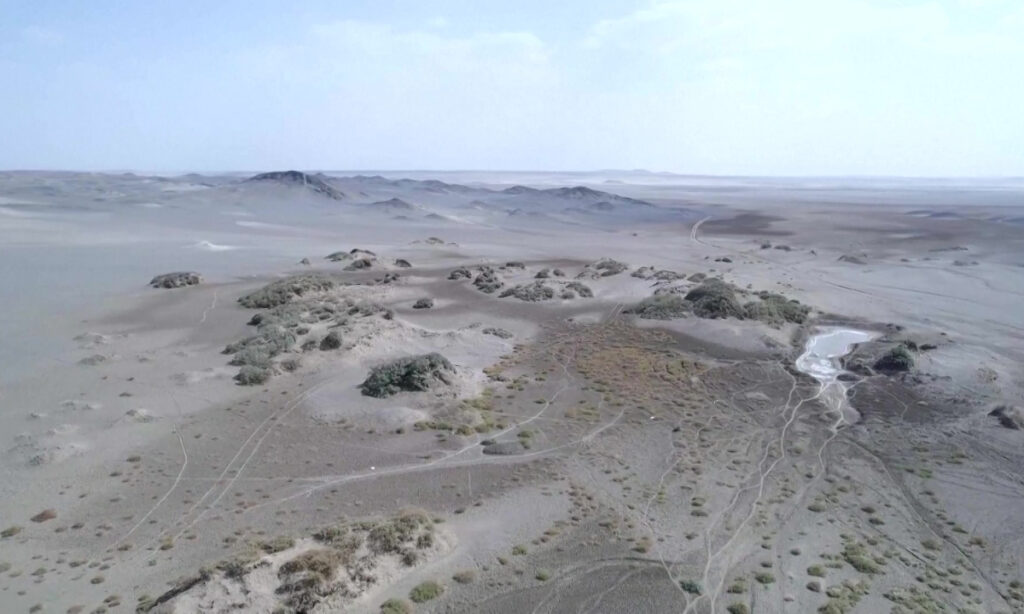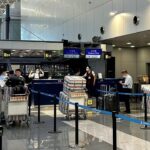The Culture and Tourism Department of Northwest China’s Qinghai Province issued an announcement on Monday, strictly prohibiting tourists from entering unmanned scenic areas for activities such as exploration and tourism, adding that the full cost of rescue operations will be borne entirely by the involved individuals and groups as the rescue work is extremely challenging, in the event of getting stranded.
With the increasing popularity and fervor of self-driving tours and adventure sports in recent years, a growing number of tourists and adventurers are opting to venture into uninhabited areas. Consequently, a series of incidents involving missing people and fatalities have unfolded in tandem.
Located within the heart of the Qinghai-Tibet Plateau, Qinghai Province is situated in a cold and high-altitude region. In certain areas, communication signals can be weak or nonexistent. The region features numerous “dangerous zones” and “uninhabited areas,” with complex terrain and environmental conditions.
The announcement issued by local authorities highlighted that individuals venturing into uninhabited, unreleased, and undeveloped scenic areas, whether on foot or by vehicle, will face unpredictable risks. Travelers might encounter life-threatening situations such as dehydration, oxygen deficiency, getting lost, vehicle breakdowns, and communication loss at any time.
The latest case is that one of the vehicles carrying four people on a driving holiday has gone missing while crossing the Xinjiang Lop Nur Wild Camel National Nature Reserve without authorization, resulting in four deaths, according to media reports and local police from Ruoqiang County in Northwest China’s Xinjiang Uygur Autonomous Region on July 28.
Following extensive search and rescue operations, the missing vehicle was located, with four individuals found dead. The rest of the convoy members have safely returned to Dunhuang in neighboring Gansu Province.
Industry experts said on Saturday that entering the Lop Nur in summer is very risky, as surface temperatures in the area would reach as high as 70 C. Vehicle breakdowns, communication malfunctions, and the lack of adequate logistical support can all lead to adventurers being unable to safely exit unpopulated areas.
The local government emphasized in the statement that tourists should further enhance their self-protection awareness. They should refrain from leaving designated roads and venturing deep into dangerous areas such as uninhabited, unopened, and undeveloped scenic spots for adventure, tourism, and crossings.
Furthermore, the statement particularly underscores that without proper authorization or reporting to relevant authorities, no individual or organization shall organize tourist groups under the pretext of exploration, crossing, or scientific research to venture deep into natural conservation areas. In the event of getting stranded, the full cost of rescue operations will be borne entirely by the involved individuals and groups.
Travelers should carefully assess their routes, and pay attention to weather forecasts, geological hazards, and traffic conditions while also maintaining ample reserves of supplies and ensuring vehicle maintenance, which is essential to ensure the safety of the journey, said the statement.
(Global Times)




